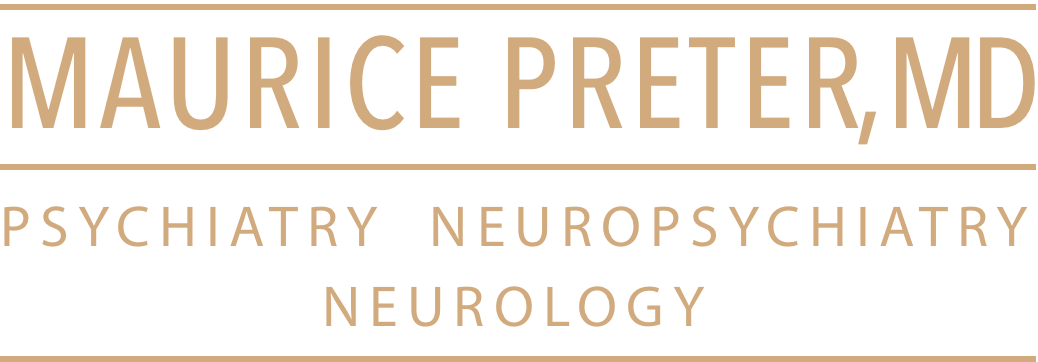Revista Brasileira de Psiquiatria 2012;34(Supl1):S01-S04
Panic Developments
This editorial permits personal conclusions and questions, hoping to stimulate relevant research. Klein, in 1959, serendipitously found that imipramine blocked the apparently spontaneous panic attack in non-depressed inpatients, later considered agoraphobic.Later it was found that these specific anti-panic drugs blocked lactate challenges, although low potency benzodiazepines and beta-blockers did not. Also, panic patients with early onset, frequently had a history of severe separation anxiety disorder, often manifested as school phobia. A series of usually post-pubertal panics led to severe chronic distress marked by fearful anticipation that the next panic would cause death or insanity. Avoiding situations (bridges, tunnels, freeways etc.) where help could not be readily obtained if panic reoccurred led to extensive travel restrictions and demands to be accompanied. These avoidances were misinterpreted as phobias, since there was no fear of cars or bridges per se. Family exhaustion led to psychoanalytic psychiatric hospitalization.1 In 1967, Pitts found, in placebo-controlled studies that intravenous sodium lactate in patients with spontaneous panics, then considered anxiety neurosis, could regularly cause such attacks. Further, other stressful infusions, such as EDTA, did not elicit panics, ruling out conditioning as a feasible alternative view. Later studies found inhaled 5%-7% carbon dioxide was similar to IV lactate as a panicogen, while willful room air hyperventilation was an uncommon panicogen. This contradicted the hyperventilation theory of panic disorder. Such panic reactions rarely occurred in patients with other anxiety disorders, other psychopathological states or normal subjects, except strangely, in women with severe chronic premenstrual syndrome.Groundbreaking therapies derived from this program. Panic disorder and agoraphobia were now quite treatable outpatient conditions, although unfortunately DSM-III distorted agoraphobia’s definition by simply choosing six frequent avoidances as criteria, while ignoring their common role in preventing flight to help, as well as the utility of a companion for travel.
The lactate study initiated by Jean Endicott and Wilma Harrison led to SSRI treatment for PMS. Rachel Klein demon- strated the value of imipramine and counseling in the treatment of refractory Separation Anxious Disorder (mislabeled school phobia), laying the groundwork for SSRI treatment of children.
Since panic disorder and agoraphobia were stipulated in DSM-III, an enormous proliferation of studies attempted to clarify this area. Although the panic attack seemed fear like, there were incongruent features. Mandel Cohen (1940) showed such attacks were usually associated with marked air hunger, which was not characteristic of external danger induced fear. Further, remarkably, both clinical and challenge studies of panic disorder did not elicit the emergency reaction of hypothalamic-pituitary-adrenal (HPA) release. Thus, panic attack was not fear or due to a hypersensitive fear system.It was hypothesized that, rather than a generalized HPA alarm system responsive to all dangers, many separate alarm/ response mechanisms had evolved, over evolutionary time, to deal with recurrent distinct dangers. Such an alarm/response system dealt with the recurrent danger of suffocation, whose affective and behavioral response system must act quickly to prevent anoxic brain damage. Hypersensitivity of that system to signals of possible suffocation could result in panic and escape. Conversely, carbon dioxide insensitivity existed in congenital central hypoventilation syndrome. Preter and Klein’s controlled lactate study in normal subjects found a panic like tidal volume increase if naloxone anteceded intravenous lactate. This was consonant with the hypothesis that an inhibited endogenous opioidergic system caused hypersensitivity of the suffocation alarm/response system.2,3
[Full text here]
